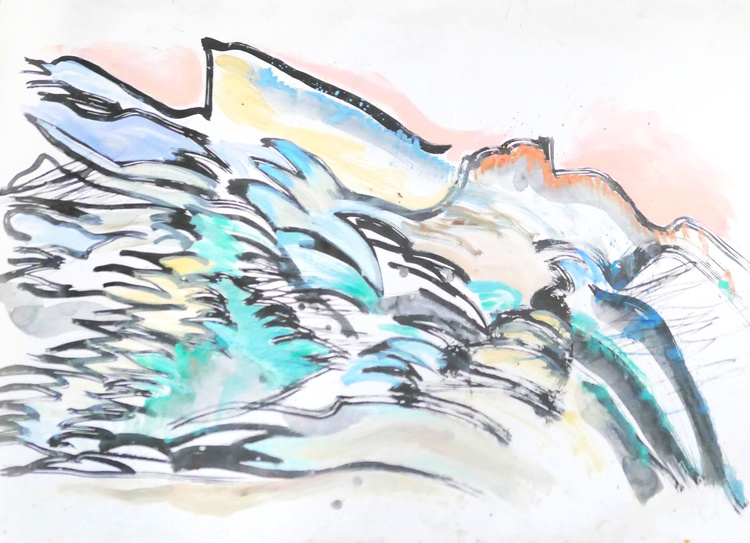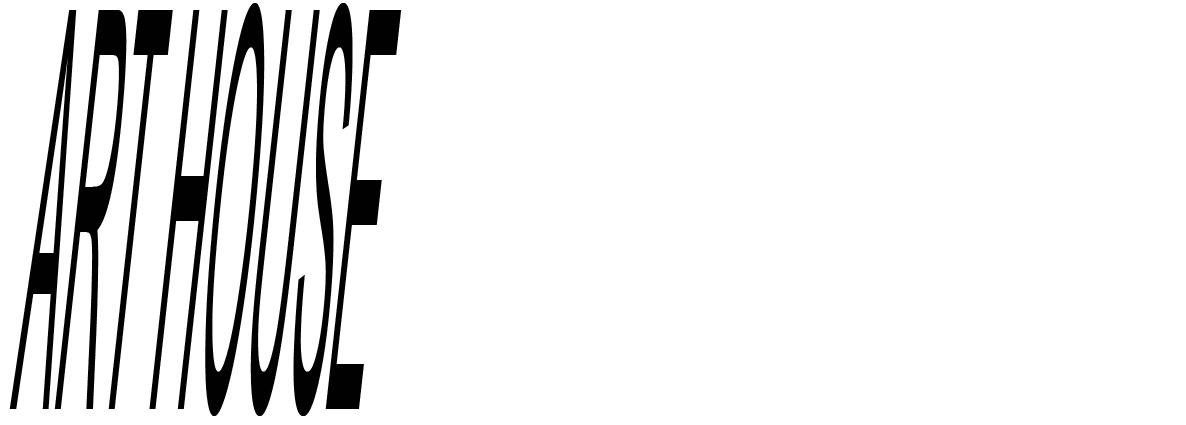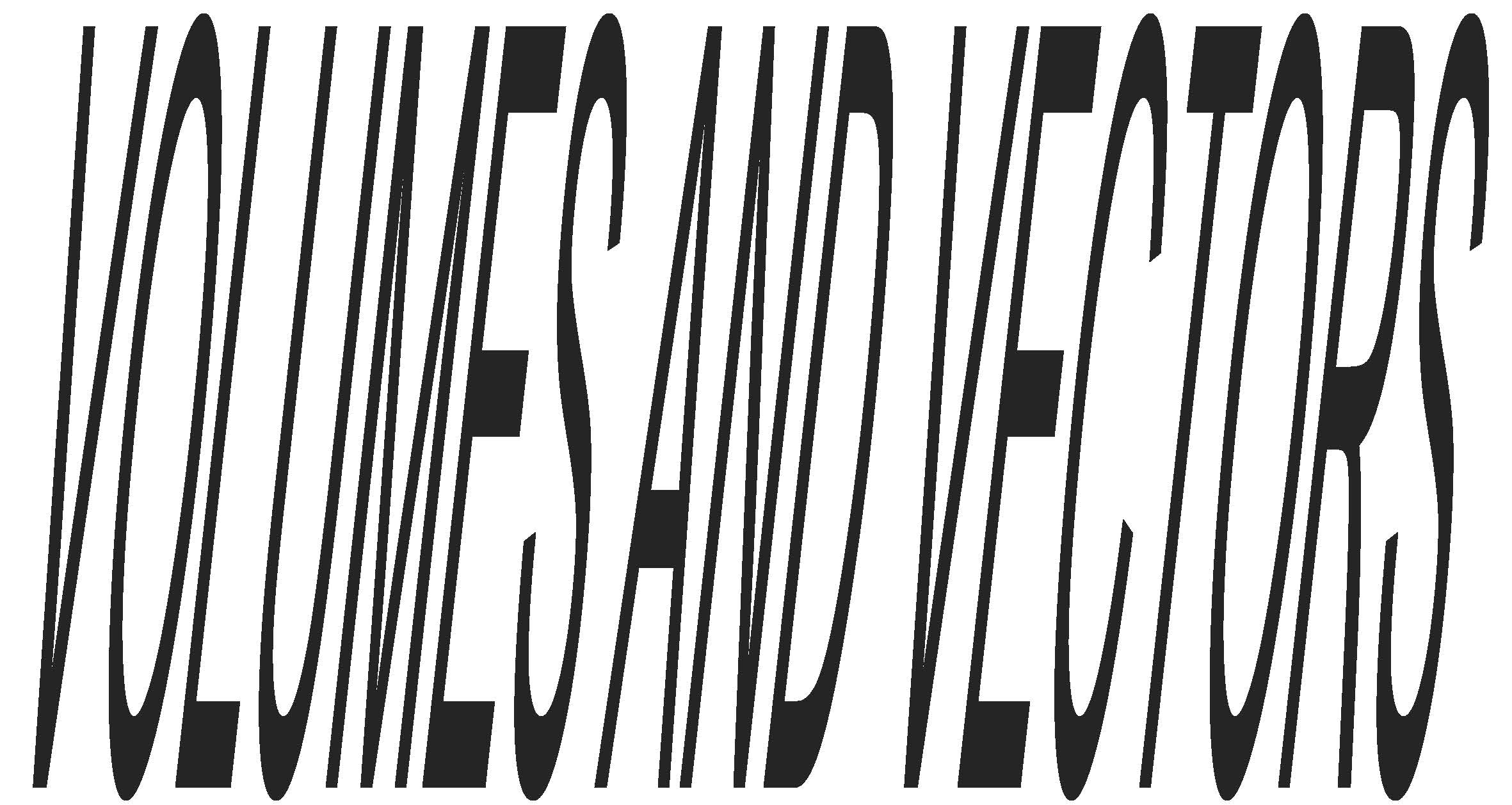

This project is concerned with exploring divine female archetypes across cultures, and seeks to develop a universal ideal. This exploration probes the potential of AI and digital technology to generate new visual forms. Specifically, it looks to create a hybridized universal ideal that is the intermediate of virtual 3d models of extant sculptures of divine female archetypes (Mother Mary, Guan Yin, Tara, etc.). This project folds cultures and moments in time, underscoring the similarities and congruencies in divine feminine archetypes across the globe.
This project considers the mass proliferation of diaspora in face of globalization’s dynamic forces. The diasporic condition offers a third culture perspective, which begs the question of how landscape representations, which are manifestations of national and cultural identity, can be reimagined from this vantage point. This undertaking asks specifically how landscape paintings can be re-envisioned through the Chinese-Canadian diasporic lens. It examines extant representations of a Chinese and a Canadian landscape of significance, namely, Huang Shan National Park and Rocky Mountain National Park. These representations have been appropriated and their associated pictorial paradigms considered to generate, through mediation using digital morphing software and the translation of the digital to the analogue, a new hybrid landscape painting that reflects a diasporic Chinese-Canadian subjectivity. Through this exploration, concepts central to the diasporic condition, pictorial ideals associated with each cultural tradition of landscape painting, the significance of nature to both cultural and national identities, and the meaning of nature imbued in manner of representation are unearthed.
Distorted Political Spheres comments on the elusiveness of truth in face of the many digital media platforms and
questionable news outlets available on the internet today. The political sphere is a domain in which this elusiveness is apparent. The Trump, Brexit and AfD party campaigns exploited the use of digital social media platforms to propagate seemingly veritable untruths or polarizing messages, targeting their audiences with great precision and
expedience. The internet and related digital technologies have interfered with the operation of democratic institutions.
As such, this series studied the dissonance between real, found photographic representations and virtual 3D model
representations of political monuments. It recorded on video the process of the former morphing into the latter. Intermediary stills were selected and used as blueprints for the generation of large-scale oil paintings. Specifically, the intermediary images were exactly transcribed using carbon transfer paper and subsequently painted “pixel by
pixel”. The colors were painted onto the canvas as per the dictates of the still. Rendered units were then dry brushed to emphasize the mercurial nature of truth in an environment of the real-virtual. The results, both in video and in
painting, are archives of the disjuncture and interplay between the real and the virtual, reified metaphors for the
contemporary condition of politics.
![]()
Canada 2017 is a series that marked the 150th anniversary of Canada’ s confederation through visualization of its
capital city, Ottawa. It examined the history and evolution of pictorial space across Western art history, from the flat
perspective of the Middle Ages to the “perfect” perspective of the Renaissance to the flatbed picture plane of Modernism to the plural vantage points of Post Modernism. Assuming pictorial space is an ever-changing, ever
evolving conception, the project sought to develop a spatial vernacular that embodies the contemporary zeitgeist, and marks the occasion of confederation. The pervasive influence of the digital milieu was considered a defining characteristic of the spirit of the times. The idea of the digital was critical to developing visual languages to render the Library of Parliament, the Houses of Parliament, and a map of the founding buildings of Ottawa.
A contemporary rendition of Velazquez’s painting, Venus at her Mirror appropriates the Baroque artwork by presenting a present-day female nude rendered from her backside. The original mirror is replaced with a cell phone which reveals the young woman’s face. In place of Cupid is a computer screen displaying a popular matchmaking website. The rendering of this scene speaks to the idea of the body as a commodity, one which signifies social standing, and is, in essence, a form of capital. It is homage to Baudrillard’s, Bourdieu’s and Featherstone’s ideas about the corpus as the highest form of commodity today.

‘Vanitas Obsolescentum explores commodity obsolescence through the appropriation of the 17th century Dutch Vanitas genre. Commodities commonly subject to obsolescence, such as disposable flatware and cutlery, fashion objects and digital technology, are represented in still life images rendered in holographic form. The holographic medium conveys the brevity of the use-time of the objects represented and refers to notions of hyperreality in Dutch Vanity painting. The result is a series that makes evident the imminence of obsolescence in contemporary commodity in a post-industrial capitalist society.


When one thinks of the word ‘mint’, several things come to mind. The word conjures the cool, refreshing colour and fragrance, a place of moneymaking filled with vaults and chambers, and the condition of something being in an absolute pristine condition. All these ideas influenced the conceptualization of this supper club. But ultimately and perhaps most importantly, the club is a microcosm for Hong Kong, a culturally hybridized city. Upon entering the space, one traverses purple archways, symbols of a British colonial past, to find a tropical paradise and a Chinese soul. The decor of the space is inspired by Oriental and Occidental influences. Clientele will find sumptuous furnishings from the Art Deco movement, a design movement influenced by both Chinese and European cultures. Chinese motifs, such as bamboo, the coin of nobility and fortune, gold and jade are tastefully deployed throughout the supper club. The popularity and revival of the 70s sensibility and disco also inflected the design of this space. Particularly relevant is Yves Saint Laurent’s China collection from 1970. Architecture, fashion and art of this period informed the creation of this secret garden.


Intended to connect several neighbourhoods divided by a large expressway, the scheme for this community centre was devised by extrapolating surrounding pathways which converge at a central nexus. The extrapolated pathways became the footprint for spaces in which childcare spaces, art, dance, drama, and athletic studios were housed. The idea of extending surrounding pathways also addressed the problem of neighbourhood division caused by the Allen Expressway; one such elongated path simply became a bridge that traversed the highway. The central nexus of space carved out by the culmination of extrapolated walkways became the main gathering area for the community centre, forming largely the space for the main theatre, a natural spatial point of climax for the surrounding pathways.
Situated in a site that required the management of an overflow of rainwater, a park with accordian folds was generated to increase absorptive surface area and therefore increase rainfall catchment. A catch basin was placed in the centre of the park, around and towards which the topological accordian folds were laid. The elevated peaks of the folds offered opportunities to place pathways and points of respite.
![]()

The design of this art centre housing a studio, gallery and a library was conceived by conceptualizing artmaking as a sacred, spiritual act. The art studio was given primacy through a double glass enclosure and a single floor elevation. All other programs were sunken below ground, creating the effect of an underground passageway with a clerestory. Passersby circulating in the underground space would be made aware of the above ground space through the transparency of the studio space enclosure, which illuminates the spaces below-ground. The double glass casing, difference in elevation, and the arrangement of other programs around the art studio give primacy to the act of artmaking, and underscores its importance and spiritual nature.
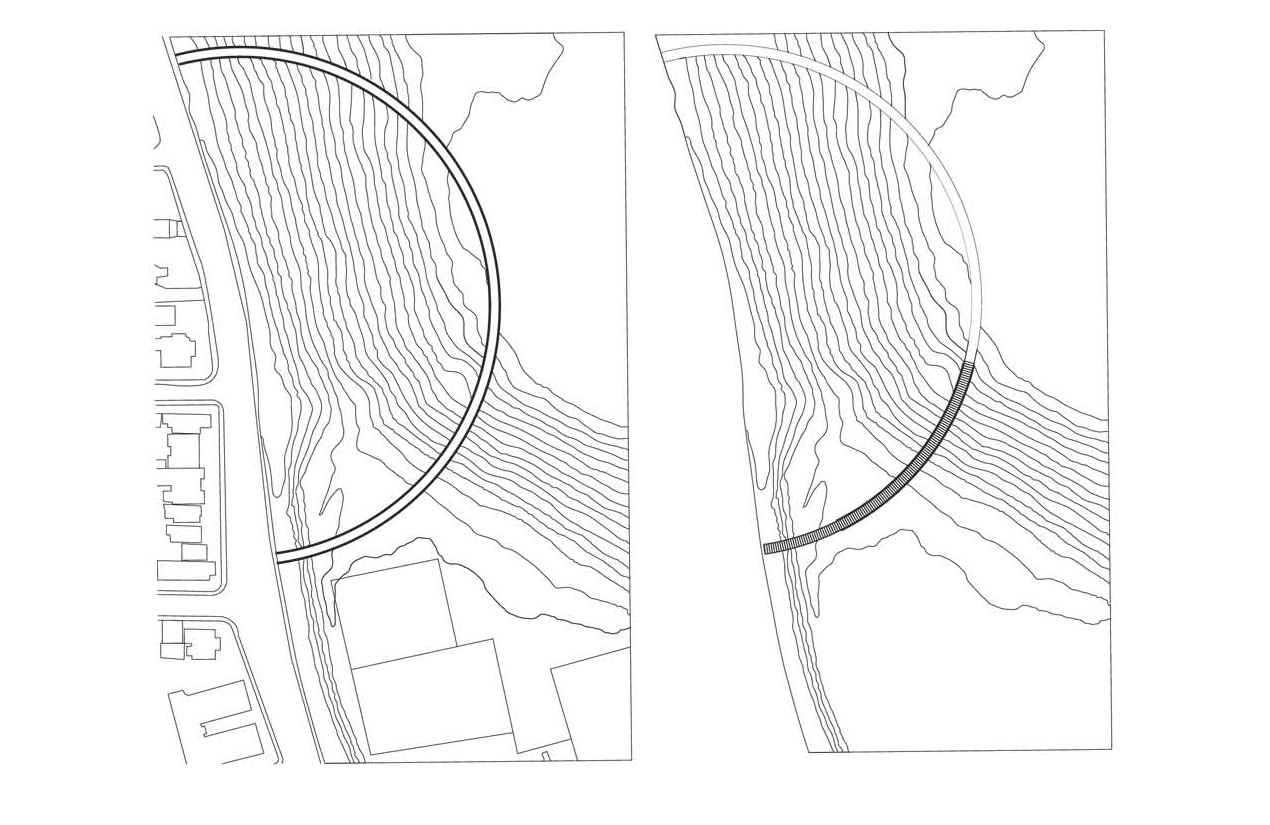
The intent of this intervention was to provide an infrastructure for circulation across an expanse of greenland, Riverdale Park. Given the interesting variations in topographical elevation across the greenspace, a simple semilunar arc- shaped path was carved into the landscape, giving relief to and underscoring the subtle and complex changes across the landscape. The result is a pathway that is at times above ground, at times below ground , providing visitors with a changed and intimate experience of the greenscape.
Three shapes were inscribed onto a cube, then extrapolated to form intersecting volumes. The volumes were described using vectors, resulting in a sculptural entity with potential to become an installation or architectural intervention employing tensile forces.


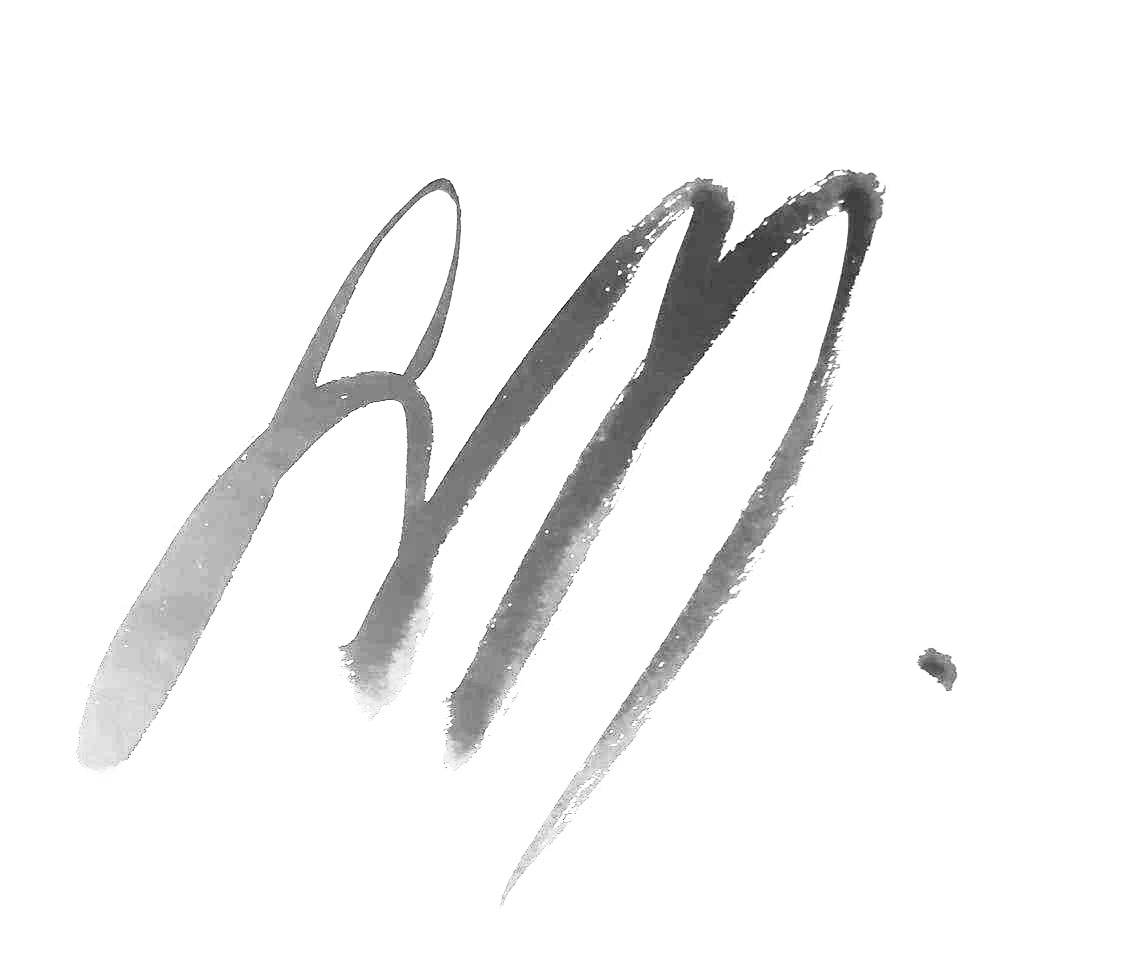
© Lianne Nerissa Allegra Ho 2025, All rights reserved.

